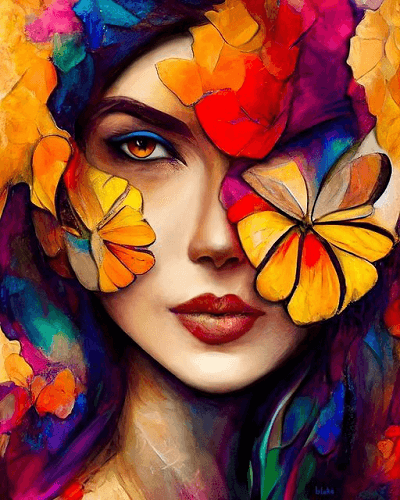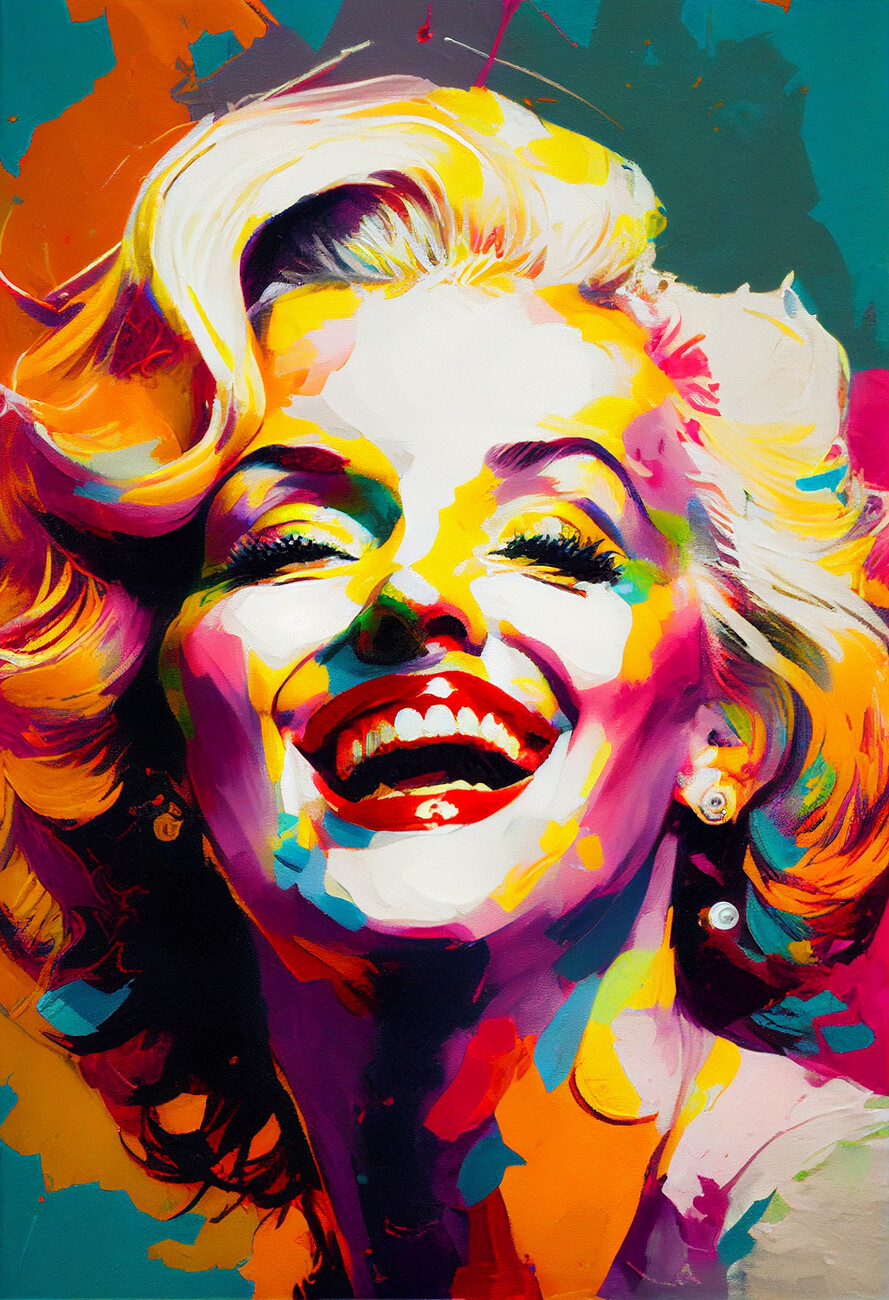The Evolution of Trump Art: From Very Early Reviews to Contemporary Point Of Views
The Evolution of Trump Art: From Very Early Reviews to Contemporary Point Of Views
Blog Article
Embarking on an Aesthetic Trip Via the Lyrical Analyses of Nature in Stylist Landscapes
Each brushstroke, each play of light and shadow, and each shade choice in their works talks volumes about the musicians' deep link to nature and their ability to convert its appeal onto the canvas. As we check out the lyrical analyses of nature in Stylist landscapes, we are invited to submerse ourselves in a world where fact and emotion intertwine, using a peek into the musicians' profound admiration for the natural world.
The Exciting Brushstrokes of Claude Monet
Claude Monet's mastery of brushstrokes goes beyond simple technique, imbuing his landscapes with a spiritual top quality that enthralls and captivates customers - trump art. His innovative usage of color and light, incorporated with his distinct brushwork, produces a feeling of motion and life within his paints. Monet's popular series of works illustrating water lilies and his famous haystacks display his ability to catch the short lived effects of light and atmosphere

Checking Out Light and Shadow With Camille Pissarro
Personifying a similar reverence for the interaction of light and darkness, Camille Pissarro's artistic vision unravels as an unified exploration of the natural globe's luminescent subtleties. Pissarro, a key figure in the Impressionist activity, masterfully caught the dynamic relationship between light and shadow in his landscapes. His experienced use color and brushwork enabled him to share the subtle shifts in light that define different times of day and periods.
Pissarro's paints commonly include dappled sunshine filtering system via leaves, casting elaborate patterns of light and darkness on the earth below. In works such as "Hoar Frost, the Impact of Snow, Pontoise," Pissarro skillfully shows the crisp illumination of winter sunlight juxtaposed with the cool darkness that specify the snowy landscape. By embracing both light and shadow in his structures, Pissarro invites customers to submerse themselves in the natural charm and short-term results of light worldwide around them.

With Pissarro's jobs, we are advised of the transformative power of light and darkness, inviting us to pause and value the fleeting minutes of elegance present in the daily landscapes that border us.
A Harmony of Color Styles by Edgar Degas
Edgar Degas coordinates a vibrant symphony of shades in his masterful artworks, infusing his structures with a vibrant interaction of tones that mesmerize the customer's gaze. Recognized largely for his ballet dancers and intimate scenes of Parisian life, Degas skillfully controlled shades to share mood and motion in his paintings. trump art. His usage of vibrant, contrasting shades and subtle tonal variants developed a feeling of depth and vibrancy within his works
Degas' color scheme frequently contained abundant blues, deep environment-friendlies, and warm oranges, which he used with certain brushstrokes to catch the essence of his topics. Whether representing a ballerina mid-performance or a group of pals speaking at a cafe, Degas' shades not only depicted the scene yet likewise evoked a feeling of emotion and power.
Moreover, Degas' testing with light and shadow included an additional layer of intricacy to his color make-ups, boosting the general atmosphere of his paints (trump art). Through his competent adjustment of color, Degas developed a visual harmony that continues to reverberate with audiences today
Discovering Nature's Peacefulness With Berthe Morisot
Berthe Morisot's artistic vision uses a peaceful separation from the dynamic shade symphonies of Edgar Degas, as she catches the tranquility of nature in her expressive landscapes. Known for her delicate brushwork and intimate representations of everyday life, Morisot's landscapes show a sense of tranquility and harmony.
Morisot's paints frequently include soft, muted tones that communicate a sense of calmness and tranquility. Her works, such as "The Cradle" and "Summer season's Day," showcase her capacity to capture his comment is here the refined charm of nature in such a way that is both calming and contemplative to the visitor.
Unlike a few of her Impressionist equivalents who focused on dynamic make-ups and bold colors, Morisot favored to produce mild, reflective scenes that invite the audience to reflect and stop briefly. Via her masterful usage of light and darkness, Morisot develops a sense of serenity that reverberates with the customer on a deep psychological level.
The Emotional Landscapes of Vincent Van Gogh
Vincent Van Gogh's landscapes clearly communicate a deepness of emotion through their dynamic brushwork and expressive usage of shade. The Dutch post-impressionist artist is renowned for his capability to catch raw and intense feelings in his paints, transcending traditional depictions of nature. Van Gogh's turbulent individual life, noted by psychological wellness battles, greatly influenced his art, instilling his landscapes with a feeling of worry, moody, or liveliness.
In works such as "Starry Night" and "Wheatfield with Crows," Van Gogh's swirling brushstrokes and vibrant color selections stimulate an extensive psychological action from customers. The turbulent skies and flustered landscapes in his paintings show his inner chaos and psychological disturbance, inviting viewers to look into the intricacies of his mind.
Van Gogh's distinct visual language, identified by overstated point of views and bold use shade, produces go to the website landscapes that resonate with viewers on a deeply psychological level. Through his art, Van Gogh welcomes us to see nature not equally as an outside reality yet as a mirror of our innermost sensations and emotions.
Conclusion
In conclusion, the impressionist landscapes of musicians such as Claude Monet, Camille Pissarro, Edgar Degas, Berthe Morisot, and Vincent Van Gogh use a special and captivating aesthetic interpretation of nature. Via their use of brushstrokes, light, color, and feeling, these artists have actually created a harmony of pictures that evoke a feeling of peacefulness and appeal in the natural world. Their jobs continue to inspire and charm audiences with their lyrical interpretations of the landscapes around us.
Each brushstroke, each play of light and darkness, and each color selection in their jobs speaks quantities regarding the musicians' deep connection to nature and their you could try these out capacity to translate its appeal onto the canvas. His innovative usage of shade and light, integrated with his unique brushwork, creates a sense of movement and life within his paintings. His skilled usage of color and brushwork enabled him to share the subtle shifts in light that define various times of day and periods.

Report this page